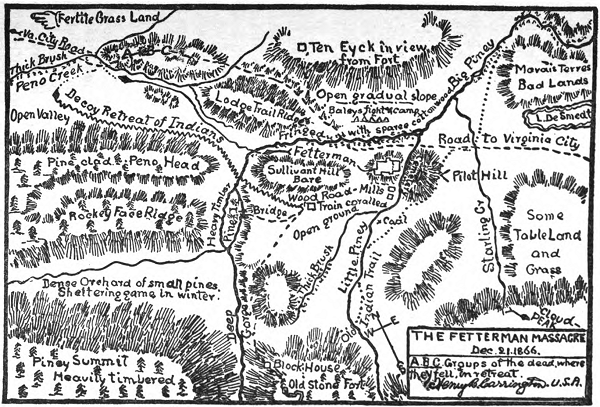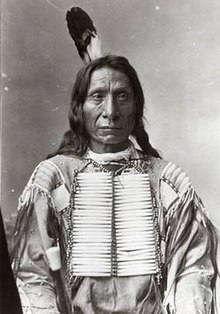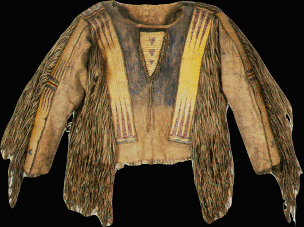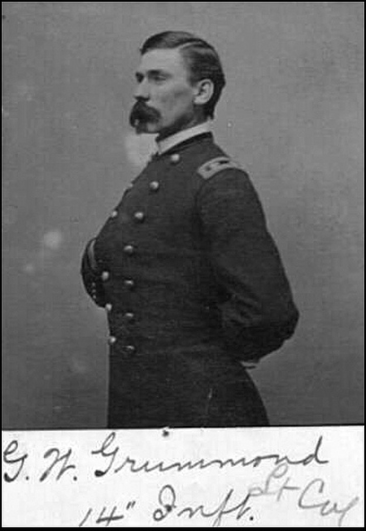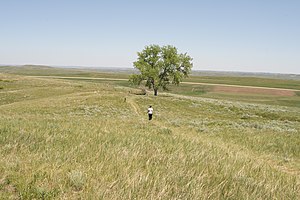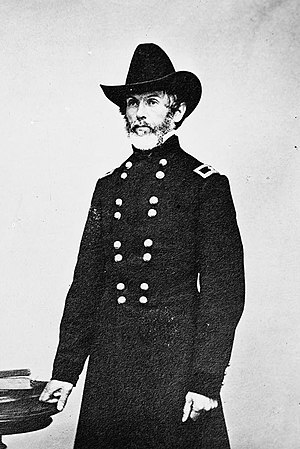12/28/1983 - Sadly, the short, but very full life of Beach Boy drummer and singer, Dennis Carl Wilson, comes to a sudden end in the waters of California's Marina Del Rey
Born into the Wilson Family of Hawthorne, California on December 4, 1944, Dennis follows older brother Brian (1942) into the family, and is in front of younger sibling, Carl (1946) (the three share a single bedroom for years) ... the middle child, the one that often is the wild one for parents. And so it is in the Wilson Family, where Dennis is most often the punching bag for his father, Murry Gage Wilson, a one-eyed (lost while working at a Goodyear Tire & Rubber Company) frustrated musician and businessman. Solace comes through late night harmony singing with his brothers, and at age 13, to escape his father and be away from the house, he becomes enamored by the nearby beach life, and the latest water craze, surfing.
And so it begins:
*Audree Wilson orders her oldest son, Brian, to include Dennis in the band he is forming ... an outfit that will become the Beach Boys.
*Dennis convinces his brother Brian to write a song about surfing (Surfin') ... and the floodgates to fame and fortune open.
*In the band but without a niche beyond harmony singing, Dennis is made the drummer, and takes classes for the instrument until he becomes proficient at keeping the beat (his brother Brian will use Dennis, and highly regarded studio professionals when recording).
*His first lead vocals on a beach Boys' tune come in 1965 on the group's hit, "Do You Want To Dance."
*Working with neighbor Gary Usher (a former collaborator of Brian's) as The Four Speeds, releases a single called "RPM" (the flip side is called "My Singray") which earns him the scratch to buy a Chevy Corvair, which he totals shortly later in a drunk driving accident.
*Gives two cute hitchhikers a lift, unaware that they are members of a group infatuated with the charismatic madness of habitual criminal named Charlie Manson.
*Provides his home as a base camp for the Manson brood ... introducing Manson, who wants to be a songwriter, to Byrds' producer Terry Melcher (the son of mega-star Doris day), takes Manson to Brian's record studio for recording sessions, and spends over $100,000 on the Family in the form of money, cars, clothing, food, and numerous penicillin shots for the gonorrhea.
*Reworks a Manson song into the Beach Boys tune, "Never Learn Not To Love," but gives no credit to Manson on the released record. Unhappy, Manson shows a bullet to Wilson and threatens that something might happen to his family, which results in Dennis beating the crap out of the cult leader and cutting his ties to the group (the Tate massacre will partly be the result as it takes place in the former home of Melcher, where Manson had visited when the men were on good terms.
*Sings, drums, records, and tours (he becomes notorious for streaking episodes during concerts) ... making lots of money as the "cutest" Beach Boy ... money that is then spent on drugs, liquor, fast cars, boats, and lots of loose women.
*Playing a character called "The Mechanic," co-stars with singer James Taylor and actor Warren Oates in 1971's, "Two-Lane Blacktop."
*Using production techniques learned watching his brother Brian in the studio, releases the solo albums, "Pacific Ocean Blue" and "Bambu" (neither of which sell well, although respected by music critics).
*Gets in a bar fight that damages his singing voice in the early '70s.
*Following a fight with Mike Love on an airport tarmac, Dennis quits the Beach Boys ... two weeks later, he is let back into the group.
*in 1977, he is attacked in his own home by Brian's bodyguard, Rocky Pamplin, and Wilson cousin Stan Love, when the men find out that though in therapy, Dennis has tried to entice his older brother into procuring $15,000 worth of cocaine (Pamplin and Love will be fined $10,000 for the incident and having a restraining order placed on them to stay away from Dennis).
*For repeated incidents involving drugs and alcohol, Dennis is kicked out of the group again in 1983 by Mike Love, Al Jardine, Carl Wilson, and Beach Boys manager, Tom Hulett ... and is told he can only rejoin if he admits himself to a drug detoxification program.
*Liking the women LOTS, along with loads of casual affairs, Dennis will be married to Carole Freedman (they have a daughter, Jennifer, and he adopts Freedman's son, Scott), Barbara Charren (they have two sons, Michael and Carl), and he twice marries the ex-wife of Chicago keyboardist Robert Lamm, Karen ... and there is an intensive romance with Fleetwood Mac singer, Christine McVie. At the time of his leaving, causing even more trouble within the Wilson Clan and among the Beach Boys, he is married to Shawn Marie Love, the daughter of his cousin and band mate, Mike Love (a union which produces a son named Gage).
Leading a nomadic life in which he bums room time from various friends about the country, in November of 1983, Dennis decides to clean-up his act and get back in the band by checking into an Arizona rehap facility ... he is there two day. The next attempt at sobriety begins on December 23rd at St. John's Medical Hospital in Santa Monica (he is at 0.28 alcohol in his system with additional traces of cocaine) , but only for a cup of coffee ... on Christmas night, Dennis is on the loose again ... able to get plastered and get into a fight at the Santa Monica Bay Inn, which cause his last visit to a hospital for help with his wounds from the altercation. Fixed, he checks out and goes in immediate search of more liquid disgrace ... which of course, he finds.
On December 28, 1983, after spending the night aboard a friend's 52-foot yawl, "Emerald," he wakes at 9:00 in the morning and begins hitting the vodka, along with rowing about the area and having a turkey sandwich for lunch. Lunch done, blitzed, he then decides to dive the nearby area where his former beloved boat, the 62-foot "Harmony," had once been moored (sold to pay back bills and bank loans), seeking to retrieve items he thrown overboard years before (he will find a bit of rope, some chains, a steel box, and a silver picture frame which once contained a photo of Karen Lamm). In and out of the water, he pauses in his adventure between 3:00 and 4:00 to warm up on the "Emerald," have another turkey sandwich, and having a few more slugs of vodka before jumping back into the water. Seemingly fine, he is seen at 4:15, but then goes missing ... his friends, believing it is just another Wilson prank, look around the slips of the marina, and also go into nearby bars, but there is no Dennis, and so eventually, divers are requested to search the area and find Wilson on the bottom at around 5:30, drowned, directly below the empty slip of his former boat. He is 24 days into his 39th year when the end comes, a death ruled an accidental drowning (he has a blood alcohol level of 0.28 at his death, more than twice the legal state for driving in California).
A wild ride of a life, his goodbye is filled with drama too ... the current wife does not allow ex-wife Lamm to read a biblical passage at the family funeral, and then reads the same passage herself, Carl flies out from Colorado with the intent of burying his brother in the family plot next to Dennis' father, but has the wife veto the idea, stating Dennis wanted to e buried at sea ... another problem, a goodbye only available to members of the Navy and U.S. Coast Guard, or cremated remains, but no one wants the body cremated and Dennis was not a member of either outfit ... so President Ronald Reagan is contacted, waives the restriction, and Dennis goes deep in one piece. Crazy shit, hopefully he has now found the peace that was so absent for most of his life!
12/28/1983 ... Beach Boy Dennis Wilson goes goodbye, diving for memories of a shattered life.
